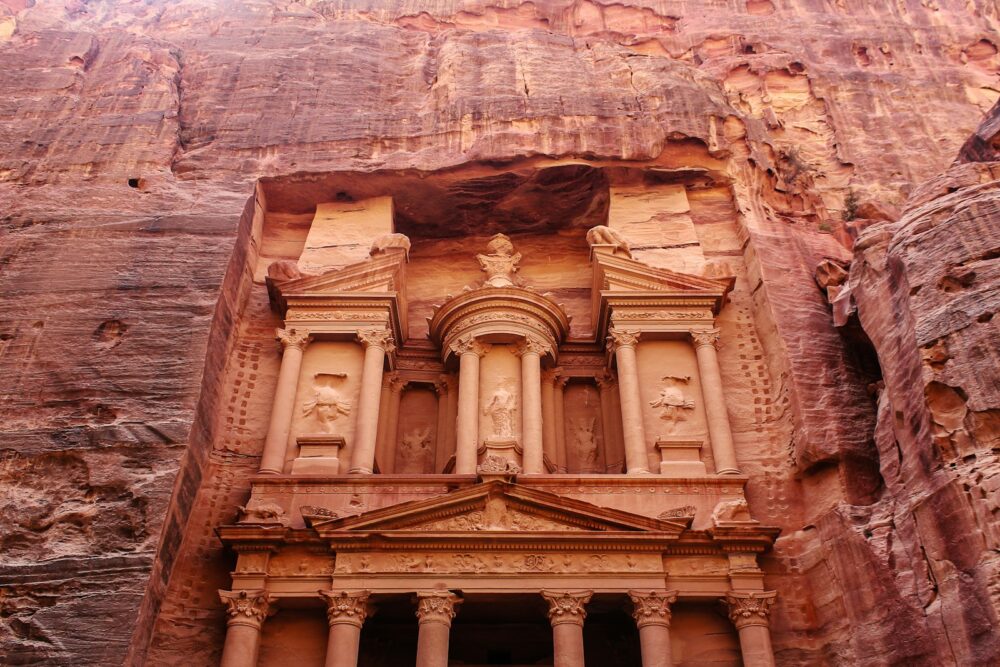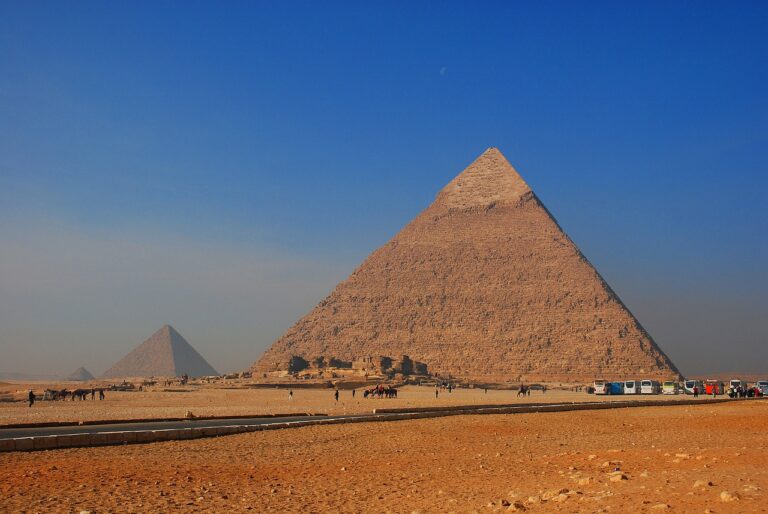Petra: The Legendary Wonder of Jordan’s Desert
Nestled amidst the crimson sands of Jordan lies Petra, an ancient city carved into rose-red cliffs that have withstood the test of time. Known as the “Rose City” for its blush-colored sandstone, Petra is more than just a UNESCO World Heritage site—it’s a testament to the ingenuity and architectural prowess of the Nabataean civilization.
A Glimpse into History

Petra’s history dates back to the 4th century BCE when it served as the capital of the Nabataean Kingdom, flourishing as a vital hub for trade routes that linked Arabia, Egypt, and Syria. Its strategic location allowed Petra to thrive as a center of commerce, where silk, spices, and other precious goods exchanged hands amidst its towering facades and rock-cut architecture.
The Treasury: A Symbol of Grandeur
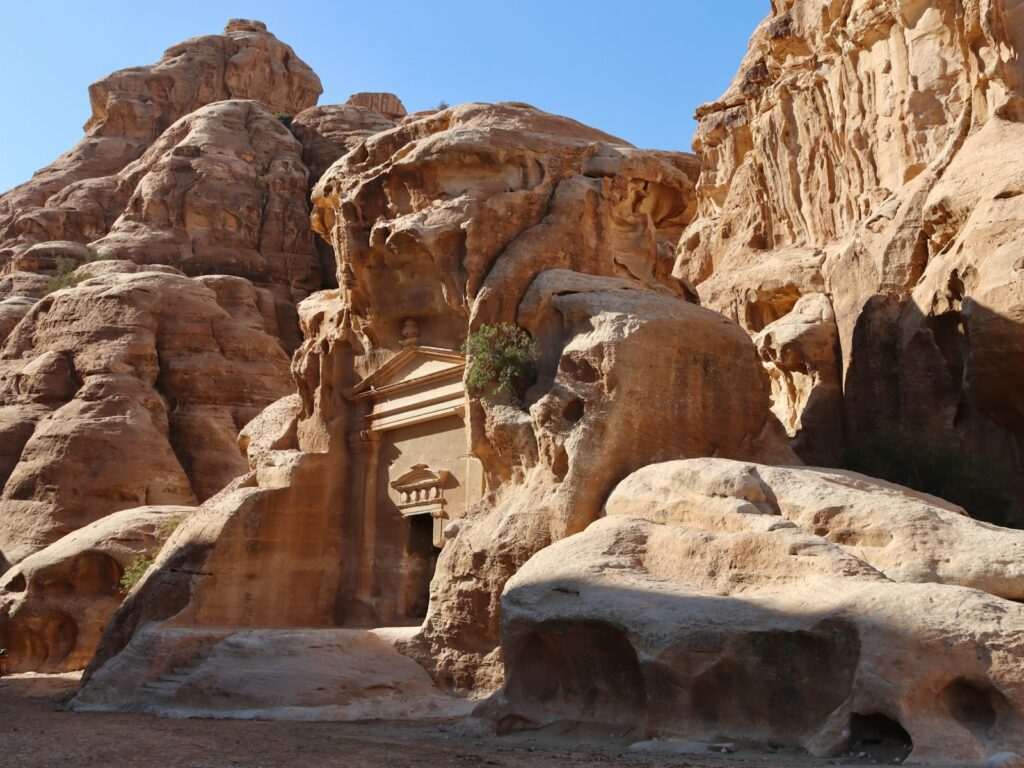
One of Petra’s most iconic landmarks is Al-Khazneh, or “The Treasury,” a breathtaking temple facade carved into the sandstone cliffs. This architectural marvel, adorned with intricate carvings and columns, captivates visitors with its sheer size and detailed craftsmanship. Legend has it that The Treasury once held hidden treasures, hence its name.
The Siq: A Journey through Time

To reach The Treasury, visitors must navigate through the Siq, a narrow gorge that winds its way through towering cliffs, revealing glimpses of Petra’s wonders along the way. The journey through the Siq, flanked by cliffs that reach up to 200 meters in height, evokes a sense of anticipation and wonder as the path gradually unveils Petra’s hidden treasures.
Beyond The Treasury

While The Treasury is Petra’s crowning jewel, the city boasts numerous other archaeological wonders. The Royal Tombs, with their towering facades and intricate burial chambers, offer a glimpse into Nabataean funerary practices. The Monastery, perched atop a hilltop, rewards adventurous travelers with panoramic views of Petra’s rugged landscape.
Preservation Efforts and Tourism
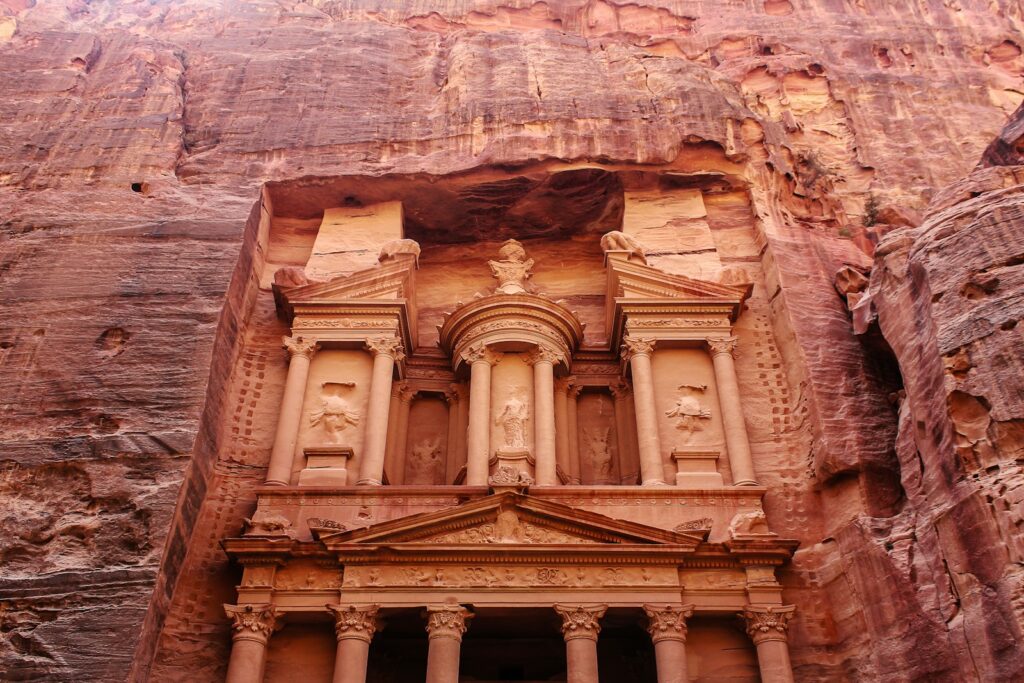
In recent years, Petra has faced challenges from increased tourism and environmental factors. Efforts are underway to preserve this ancient wonder, ensuring that future generations can continue to marvel at its beauty while respecting its historical significance and fragile desert environment.
Visiting Petra Today
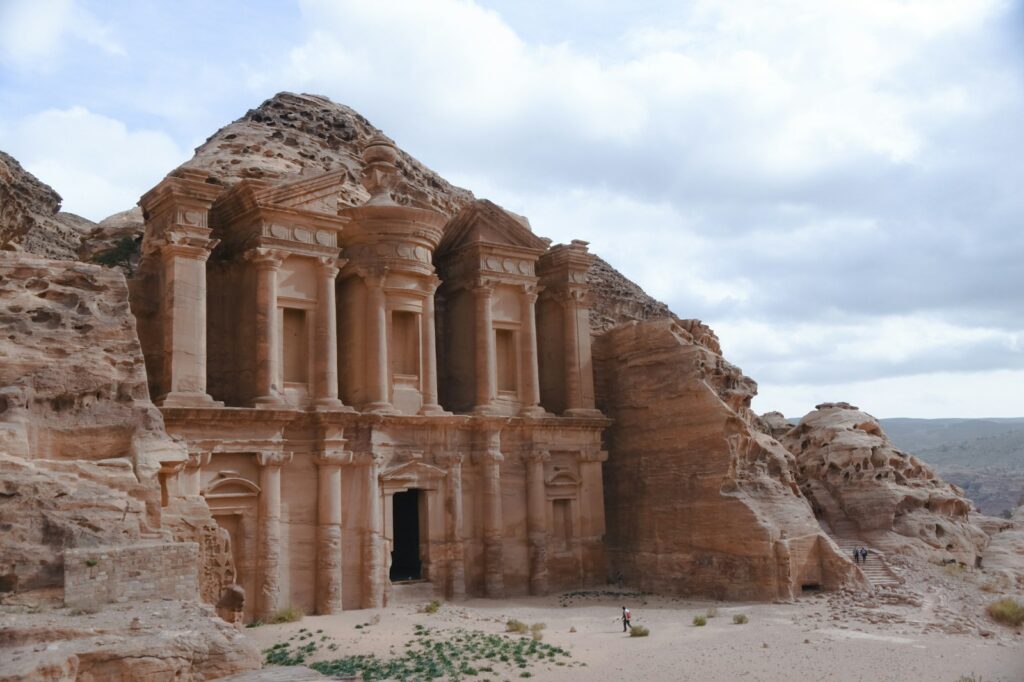
Today, Petra continues to attract travelers from around the globe, drawn by its mystical allure and architectural splendor. Guided tours offer insights into Petra’s rich history, while independent explorers can wander its ancient streets and marvel at its timeless beauty.
Summary
Petra, with its blend of natural beauty and ancient architecture, remains a beacon of Jordan’s cultural heritage. As one of the New Seven Wonders of the World, Petra invites visitors to step back in time and immerse themselves in the splendor of a bygone era amidst the desert sands—a testament to human creativity and resilience carved into the heart of Jordan’s desert.

